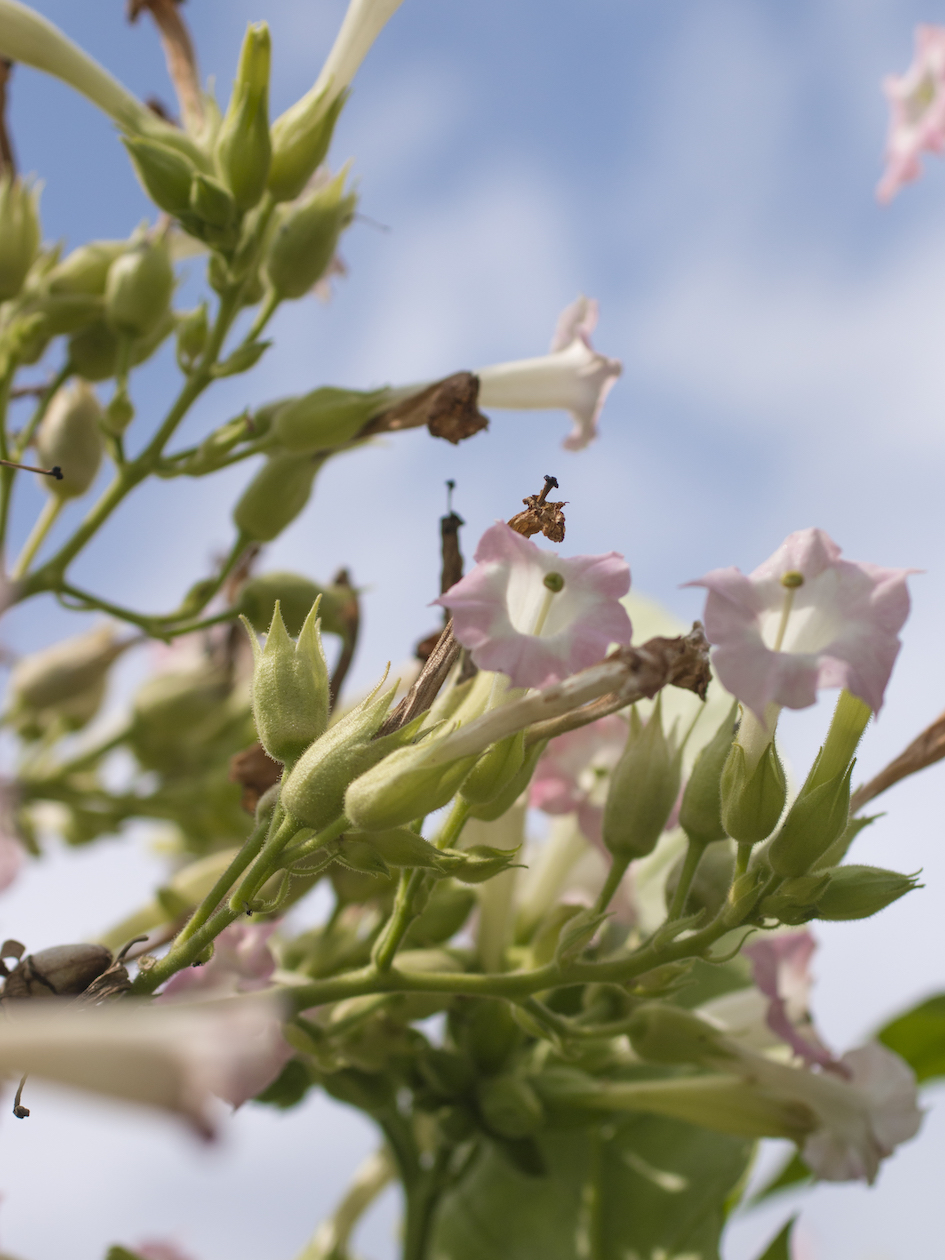Chasing My own Tail
Wojtek Didkowski
01.10.2019 — 05.11.2019

About artist
Wojtek DIDKOWSKI: CHASING MY OWN TAIL
Disappointed optimism of young adepts of art, balancing between the curves of market
interest in their activities and the attention of critics and institutions, often functions within a
specific romance: exposing themselves to the risk of invisibility, young artists take up
topics bordering with resignation in a world dominated by a systemic excess of images
illustrating the protracted end of a certain order. What does involvement in art become in
times of monetization of ingenuity? Is there art involving attention outside the division into
engaged and commercial art? This is not a question about disciplinary purity, but about the
possibility of free play of imagination that escapes everyday reality, including market
experience.
The series of objects proposed by Wojtek Didkowski seems to directly refer to the here
and there repeated, though not often accepted for a good coin opinion, that art has long
been not what we are looking at. The series of objects proposed by Wojtek Didkowski
seems to directly refer to the here and there repeated, though not often taken for a good
coin opinion, that art has long been not what we are looking at. After shifting the
mechanisms that create the significance of the work beyond the field of critical
commentary, an important part of the experience of art became primarily speculative
issues. However, this is not about philosophical speculation, but about speculation in
strictly accounting terms. In the scenery of violently organized economy of use, little space
remains for speculation from outside the more pragmatic dictionary. Although the objects
presented here are trying to also interfere with order of this dictionary.
Thus, we get a set of intriguing tropes recreating the topology of Didkowski's problems:
game with resignation, the rules of artistic apriopration, as well as with codes that reverse
the order of commercially sanctioned narratives. A cast of a head pressed into a cheap
plastic synthesizer producing a monotonous, dulling sound; sculpture of the estate wall,
reminiscent of a parody of a monument translated into a horizontal antimonument; curtains
placed on curtain rods made of air gun barrels, referring to the gloomy circumstances of
the death of the vocalist of the black metal band Mayhem; photo of tobacco flower stylized
on the painting à la Thomas Struth, decontextualizing popular representations of this plant
in the form of a product processed for mass consumption, presented against the
background of paneling made of two types of wood shifted towards each other in time by
100 years.
In this context, we can begin to think a little more freely about an allegory: between the
conceptual gesture of transferring the first object of everyday use to the gallery space and
the reality of life, with time there was a temporary distance separating also the last artistic
gesture of Duchamp, deliberately leaning over chess figures, from the considerations of
Seth Price regarding the importance of art derived from activity unrelated with art.
As Marcel Broodthaers once remarked: "the definition of artistic activity takes place
primarily in the field of its distribution." "In this system, probably everyone is chasing their
own tail," said Wojtek.
Ultimately, therefore, the whole thing is about continuous circulation.